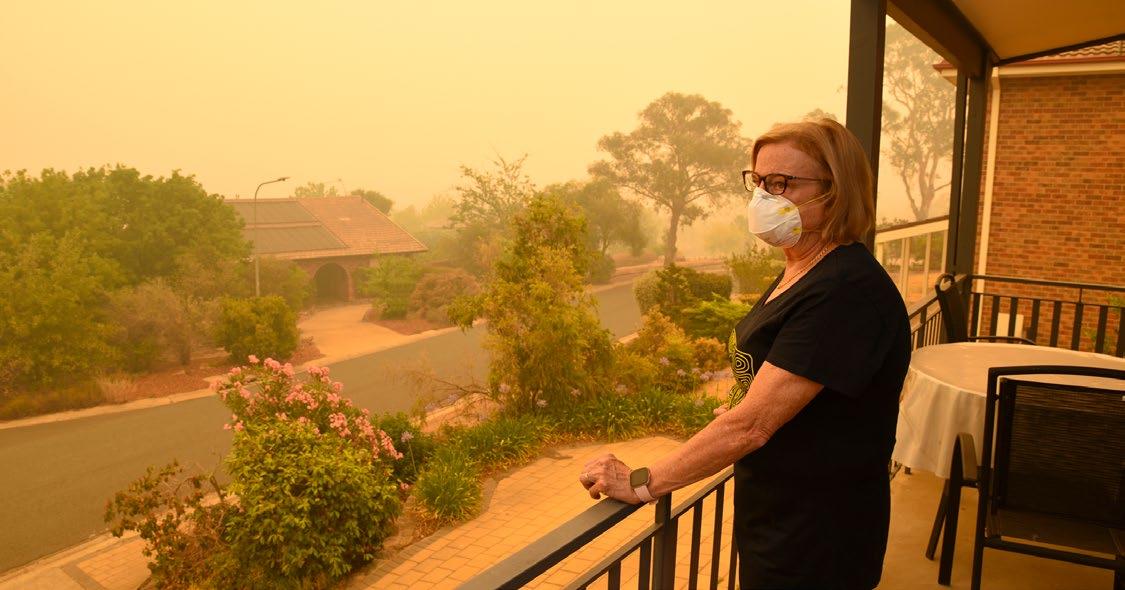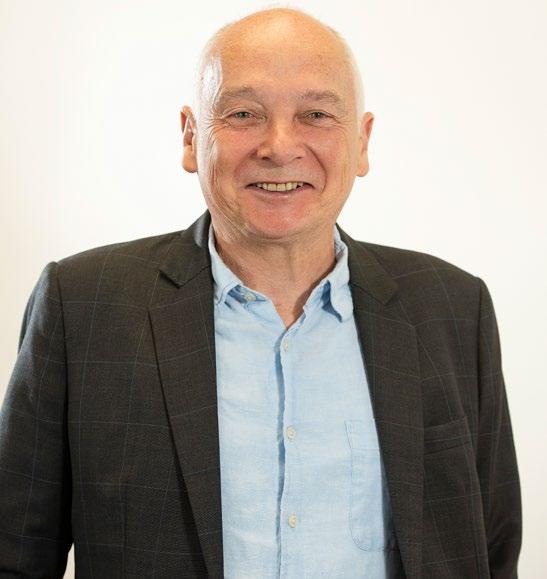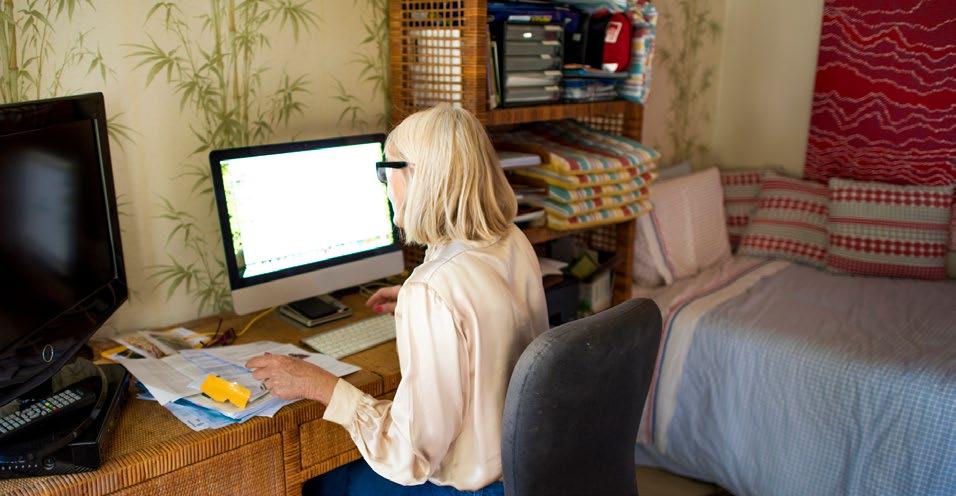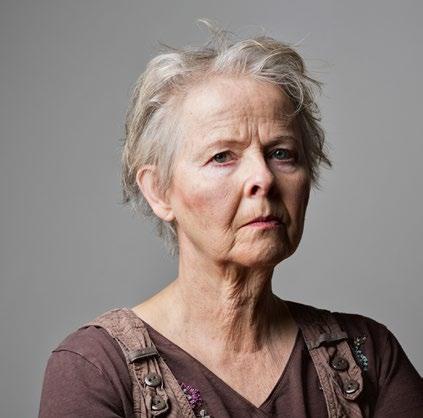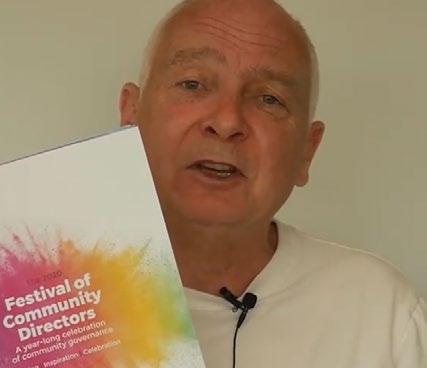
5 minute read
DISASTER GRANTMAKING: HOW TO MAXIMISE YOUR IMPACT AFTER A CALAMITY
For communities and individuals affected by natural disasters, recovery takes not weeks or months but decades, and requires long-term assistance as well as short-term relief.
BY JOSHUA PRESSER, AUSTRALIAN INSTITUTE OF GRANTS MANAGEMENT
As the world grapples with climate change, natural disasters such as bushfires, floods, droughts and cyclones are becoming increasingly common, affecting the health, wellbeing, economy, and built and natural environment of communities. Disaster grantmaking will continue to be an area of interest for grantmakers in the years to come.
In times of crisis such as the Australian bushfires of 2019–20, there is often a rush to get money out the door, but how do grantmakers decide how to proceed in these situations? Do you rush money out to the immediate relief efforts, or do you sit back and take a more strategic and considered approach?
activities? How do you manage risk while maximising the impact of your grants?
There’s no need to wait until the next disaster to formulate your response. Grantmakers who are proactive and establish a disaster grantmaking strategy (including internal guidelines and criteria) will be well placed to make quick, wellinformed decisions and maximise their impact. Why does your disaster response grant program exist?
This is the first question you need to ask when designing any new grants program, and it is equally important in the disaster grantmaking context, if not more so. • What are the key goals and purposes of your disaster response?
• Are the goals of your proposed grants program consistent with the overall vision and mission of your organisation? It is good practice to define your desired outcomes up-front, as this will shape your overall response and strategy. It will also set the goalposts for a future evaluation of the impact of your grants. Short or long term?
• Will your funding consist of one-off grants (e.g. emergency relief payments, short projects), or will you focus on longer term or recurrent grants (e.g. recovery, reconstruction, mitigation, prevention)? Again, one-off grants suit a fast response, while longer-term funding requires more time to plan and implement. Recovery from a disaster takes a long time, and grantmakers need to be conscious that communities may take some time to be able to articulate what they need. It can take years or decades for communities to recover fully from a disaster.
Projects or organisations?
• Will you fund specific projects, or will you fund organisations that provide services to affected communities?
Specific projects are usually less flexible and require a thorough knowledge of the needs of the proposed beneficiaries. Depending on your organisation’s expertise and networks, it may take time to engage with affected communities and collaboratively design suitable projects. Organisation-based funding is generally more flexible and provides resources to local organisations, allowing them to address identified needs in their communities. Go it alone or collaborate? Deciding whether to go it alone or collaborate with others? Your post-disaster grantmaking approach will depend on your answers to a range of questions.
• What is your organisation’s expertise in this area?
If your organisation does not have a local presence, or specific knowledge of the sector, or of affected communities, partnering with a local organisation might be a good approach.
Your budget may also influence your decision to partner with others. If you have only a relatively small amount of money to distribute, you may consider partnering with other organisations to maximise your impact. As always, when considering partnering with others, it’s a good idea to ensure that your organisations have compatible approaches and risk appetites, and that your respective objectives and goals are well aligned.
Regardless of your decision on collaboration, you should always be mindful of what other grantmakers are doing in the disaster-affected area. Good communication and coordination ensure maximum impact, reduce the risk of duplication, and ensure that the highest priority needs are addressed first. What is your niche? In deciding how to respond to a disaster, it’s good practice to ensure that the goals of your proposed grants program are consistent with the overall vision and mission of your organisation. A great place to start is to look at your organisation’s key strengths in the context of
the disaster-affected area. Identify things you know about, things you’re good at, things others aren’t funding, and things your stakeholders care about). A SWOT analysis or an environmental scan (e.g. PESTLE) can be useful in identifying where your organisation is best placed to direct its efforts. Having an awareness of what other grantmakers are doing is essential too, to avoid duplication and ensure maximum impact.
Place-based or broad-based approach?
When disasters happen, they tend to happen in specific places, and their impact on communities varies greatly from place to place. Therefore, most disaster grantmaking is necessarily placed based. A place-based approach aims to meets specific local needs by using targeted approaches that are developed in partnership with grantees. When you adopt a place-based approach, it is critical that impacted communities have a say in determining what they need for recovery.
However, depending on your chosen beneficiary and the objectives of your program, you may instead decide to adopt a broad-based
approach. A broad-based program provides standard services across a wide range of locations to address common needs. These are useful in addressing specific needs applicable to all groups impacted by a disaster, regardless of their location. For example, if you are focusing on individual welfare in the immediate aftermath of a disaster, you may target individuals who have lost their homes with an emergency grant to meet their immediate needs.
More information This article is an edited extract from Disaster Grantmaking, a help sheet produced by the Australian Institute of Grants Management. Read the full version here.
The Australian Institute of Grants Management, an Our Community enterprise, is the best practice network for government, philanthropic and corporate grantmakers. Membership benefits include access to Grants Management Intelligence, exclusive resources, forums, networks and conference discounts. Read more about AIGM membership.
